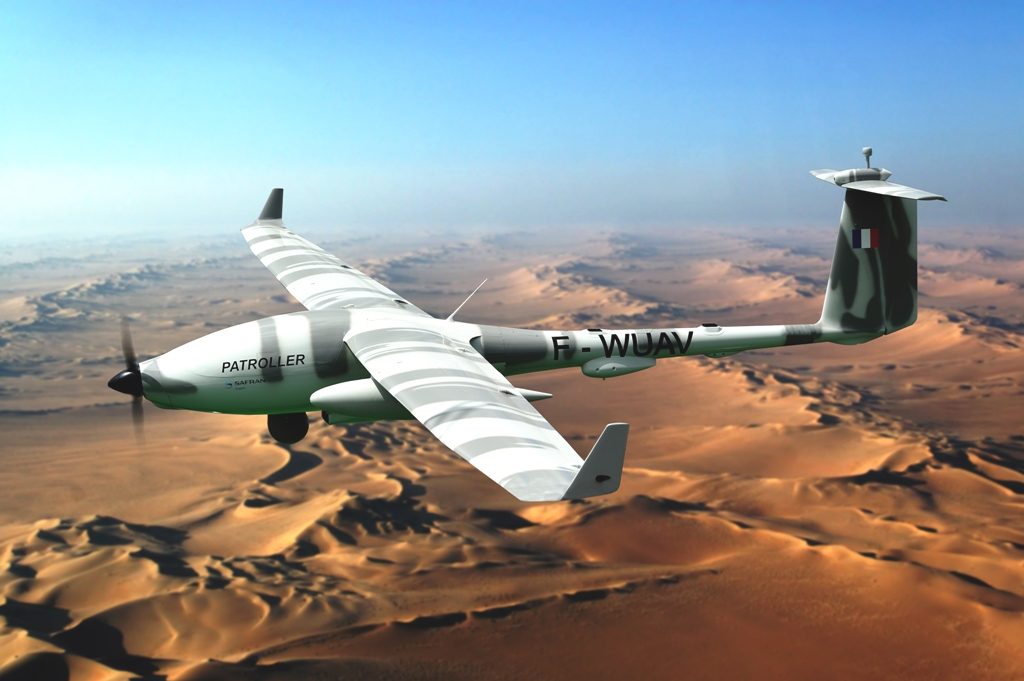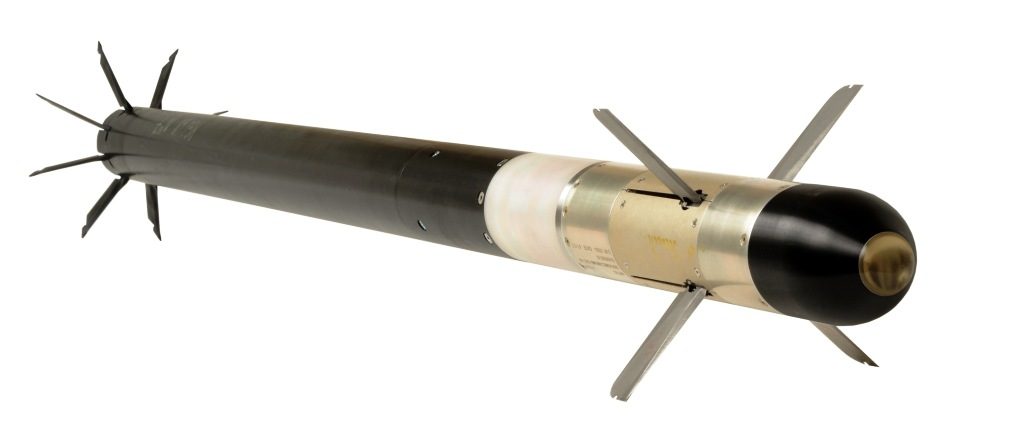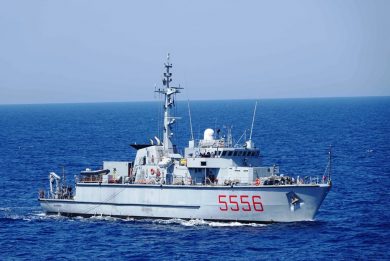
Safran: towards an armed Patroller
This year edition of Eurosatory should have seen at least a model of the armed version of Safran’s Patroller UAV, following the announcement made on 16 October 2019 by the French Army Chief of Staff, Gen. Thierry Burkhard, about the will of his service to provide the tactical drone system with an attack capability. The aim, which originated from lessons learned in recent operational deployments, is to provide the air vehicle with the ability to rapidly close the sensor-to-shooter loop should it find a time-sensitive target of opportunity during its surveillance and intelligence gathering activity. Following the statement made in front of the Senate Foreign Affairs, Defence and Armed Forces Committee, Safran Electronics & Defense received a risk-reduction contract for arming the Patroller drone, of which 14 airframes and six ground control stations were ordered in 2016.
Derived from the German Stemme S15 motor glider, the Patroller has an 18 meters wingspan, a 1,050 kg maximum take-off weight and can reach a maximum speed of 110 knots, the surveillance speed being of 80-90 knots according to Safran, which should be also the speed at which the rockets would be launched. The sensor payload capability is 250 kg, and the air vehicle is fitted with two pylons under its wings, originally designed for carrying pods or external fuel tanks but that can easily accept rocket pods. The data link maximum range is 180 km, maximum endurance being 20 hours with standard fuel capacity, while operational ceiling is 20,000 ft.
The Patroller is fitted with a Safran Euroflir 410 gimballed optronic suite; the system selected by the French Army for its SDT (Système de Drone Tactique, tactical drone system) included imaging capabilities in the TV, Near IR, Short IR and Medium IR wavebands, as well as Laser rangefinder, pointer and a Class 4 designator.

The latter would become the key element in the armament integration, as it would be used to guide on the target TDA/Thales 68 mm Acüleüs LG induction rockets, LG standing for Laser Guided as they are fitted with a semi-active laser guidance seeker. These munitions have a range between 1 and 5 km, can be locked on the target even after launch as they are reprogrammable in flight, and have sub-metric accuracy both against static and mobile targets. They are fitted with a reduced collateral effect warhead, the danger close radius being of less than 20 meters, each guided rocket weighing 8.8 kg. The Acüleüs rockets were selected by the French Army Aviation for the Tiger combat helicopter, which will reduce the logistic burden in operation. Considering the payload the Patroller will carry a maximum of four such rockets, carried in Telson rocket launchers, the overall load, the payload allowing for not more than four rockets and respective launcher pods, considering 53 kg of the Euroflir gimballed sensors.
The current phase encompasses only de-risking studies, which include weapons integration, interface design, integration tests, aerodynamical studies such as flutter induced by rocket pods, mechanical tests, and ground control station software development. Based on the results of this phase, which should end in mid 2021, the DGA will consider the further steps that should bring the Armée de Terre to field a persistent integrated reconnaissance and firing unmanned airborne capability.
Photo courtesy Safran and Thales


